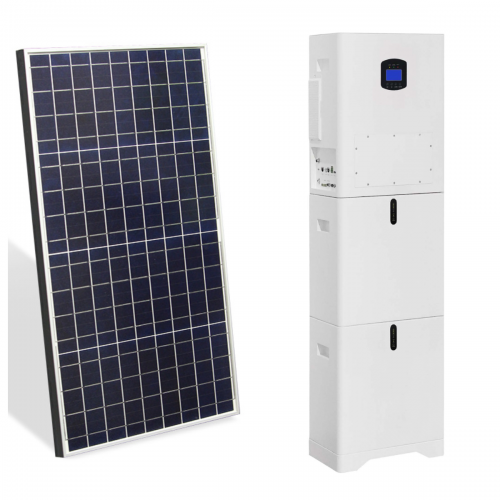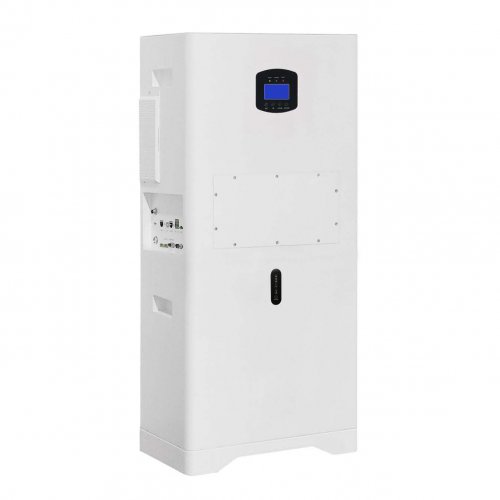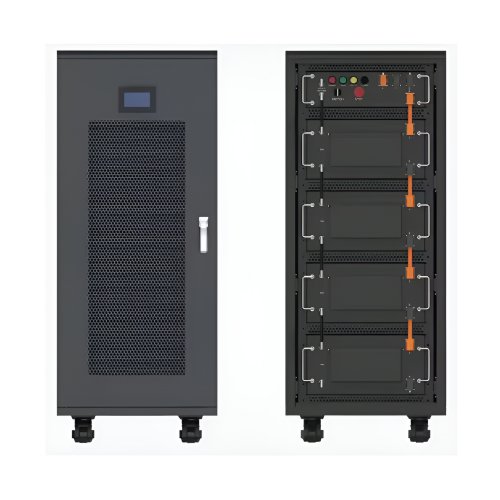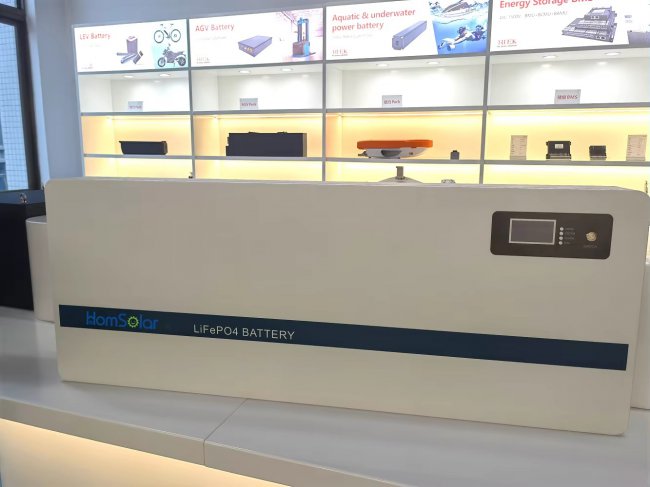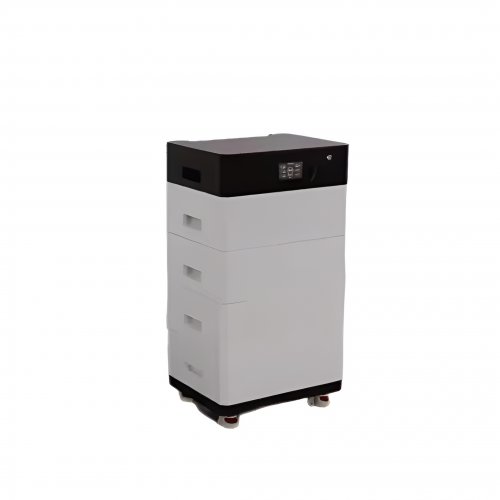How To Use Temperature Range: A Practical Guide For Optimal Performance And Safety
The concept of "temperature range" is a fundamental specification found on everything from industrial machinery and electronic components to food storage units and pharmaceutical products. It defines the spectrum of ambient temperatures within which a device, substance, or system is designed to operate safely, efficiently, and as intended. Ignoring this parameter can lead to catastrophic failure, significantly reduced lifespan, inaccurate results, or even hazardous situations. This guide provides a comprehensive overview of how to understand, apply, and manage temperature ranges in both professional and everyday contexts.
Understanding the Specifications
Before using any equipment or product, the first and most crucial step is to identify and understand its specified temperature range. This is typically found in the user manual, on the manufacturer's website, or on a label or nameplate attached to the device itself.Operating Temperature Range: This is the most common specification. It indicates the min and max temperatures of the environment in which you can safely power on and use the device. For example, a smartphone might have an operating range of 0° to 35°C (32° to 95°F).Storage Temperature Range: This range is often wider than the operating range. It defines the conditions under which the device can be powered off and stored without suffering damage. Storing a device outside this range (e.g., leaving a laptop in a freezing car overnight) can harm its internal components, even if it seems to work initially upon returning to a normal temperature.Non-Operating Temperature Range: Similar to storage, this applies to periods when the device is not in use.Transitioning Between Extremes: A critical but often overlooked note is the requirement for acclimatization. Bringing a device directly from a -20°C storage freezer into a 25°C room will cause condensation to form on and inside it. Powering it on while wet can cause short circuits. Always allow the device to gradually reach the ambient operating temperature before use.
A Step-by-Step Guide to Application
Applying knowledge of temperature ranges is a methodical process.
1. Identify the Requirement: Determine what you are trying to achieve. Are you running a scientific experiment that requires a stable 37°C? Are you storing wine long-term at 12°C? Or are you ensuring an industrial sensor provides accurate readings in a desert environment? The goal defines the necessary precision and stability.
2. Select the Appropriate Equipment: Choose a tool or device whose specified temperature range comfortably encompasses your required conditions. Do not select a device that operates at 0-50°C if your application consistently sits at 48°C. This leaves no margin for error and will stress the device, leading to premature failure. Always aim for a buffer zone of at least 5-10°C within the stated limits.
3. Prepare the Environment: This is key to success. For sensitive tasks, you cannot rely on room temperature alone.Climate Control: Use an air-conditioned or heated room. For higher precision, use an environmental chamber or incubator that can precisely set and maintain a specific temperature.Insulation: Protect devices from drafts, direct sunlight, and proximity to heat sources like radiators or other hot machinery.Calibration: For measurement devices like thermometers or data loggers, ensure they are calibrated according to the manufacturer's schedule. An uncalibrated sensor providing a false reading within the range is worse than having no data at all.
4. Monitor Continuously: Never assume the environment is stable. Use a independent, calibrated thermometer or a data logger to continuously track the ambient temperature. Data loggers are invaluable as they provide a record, allowing you to correlate device performance or product quality with temperature fluctuations over time.
5. Implement a Response Plan: Define what to do if the temperature drifts out of the acceptable range. Should an alarm sound? Should the process be halted? Should products be moved to a backup location? Having a plan prevents panic and minimizes loss.
Practical Tips and Best PracticesConsider Heat Generation: Remember that devices generate their own heat. A computer server's CPU may be within its 65°C limit, but if the ambient room temperature is too high, the cooling system cannot dissipate this heat effectively, causing a thermal overload. Ensure adequate ventilation and cooling for heat-producing equipment.Beware of Localized Heating/Cooling: The ambient temperature on a shelf might be perfect, but a device placed right next to a cold air vent or under a hot lamp will experience a microclimate outside the safe range.Battery Awareness: Lithium-ion batteries are particularly sensitive to temperature. Charging them in freezing conditions can cause permanent damage, and high temperatures can drastically reduce their capacity and pose a fire risk. Always follow battery-specific temperature guidelines.Document Everything: For quality control, scientific research, or compliance, maintain detailed logs of environmental conditions. This data is essential for troubleshooting failures and validating results.
Important Safety Notes and WarningsSafety First: Operating outside the specified range can be dangerous. It can lead to gas leaks in appliances, explosions in batteries, fires in electrical components, or the spoilage of medically critical products.Do Not Exceed Limits: The stated ranges are not suggestions; they are engineering limits based on the properties of the materials used (e.g., plastic casings can warp, lubricants can solidify or vaporize, electronic traces can delaminate).Understand the Consequences: The damage caused by exceeding temperature limits is often cumulative and irreversible. A device might function after being overheated once, but its reliability and lifespan will be permanently compromised.Consult an Expert: If your application is critical (e.g., medical, aerospace, industrial process control) and you are unsure, always consult with the manufacturer or a qualified engineer. Do not guess.
By meticulously respecting and managing temperature ranges, you ensure the accuracy, reliability, and safety of your equipment and processes. This proactive approach prevents costly downtime, protects valuable assets, and guarantees the integrity of your work, from a perfectly preserved meal to a critical scientific breakthrough.
Customized/OEM/ODM Service
HomSolar Supports Lifepo4 battery pack customization/OEM/ODM service, welcome to contact us and tell us your needs.


HomSolar: Your One-stop LiFePO4 Battery Pack & ESS Solution Manufacturer
Our line of LiFePO4 (LFP) batteries offer a solution to demanding applications that require a lighter weight, longer life, and higher capacity battery. Features include advanced battery management systems (BMS), Bluetooth® communication and active intelligent monitoring.

Customised Lithium Iron Phosphate Battery Casing
ABS plastic housing, aluminium housing, stainless steel housing and iron housing are available, and can also be designed and customised according to your needs.

HomSolar Smart BMS
Intelligent Battery Management System for HomSolar Energy Storage System. Bluetooth, temperature sensor, LCD display, CAN interface, UART interface also available.


Terminals & Plugs Can Be Customized
A wide range of terminals and plugs can be customised to suit the application needs of your battery products.

Well-designed Solutions for Energy Storage Systems
We will design the perfect energy storage system solution according to your needs, so that you can easily solve the specific industry applications of battery products.



About Our Battery Cells
Our energy storage system products use brand new grade A LiFePO4 cells with a battery lifespan of more than 4,000 charge/discharge cycles.



Applications in Different Industries
We supply customized & OEM battery pack, assemble cells with wiring, fuse and plastic cover, all the cell wires connected to PCB plug or built BMS.
Applications: E-bike, Electric Scooter, Golf Carts, RV, Electric Wheelchair, Electric Tools, Robot Cleaner, Robot Sweeper, Solar Energy Storage System, Emergency Light, Solar Power Light, Medical Equipment, UPS Backup Power Supply.
We can provide you with customized services. We have the ability to provide a vertical supply chain, from single cells to pack/module and to a complete power solution with BMS, etc.


HomSolar (Shenzhen) Technology Co., Ltd







